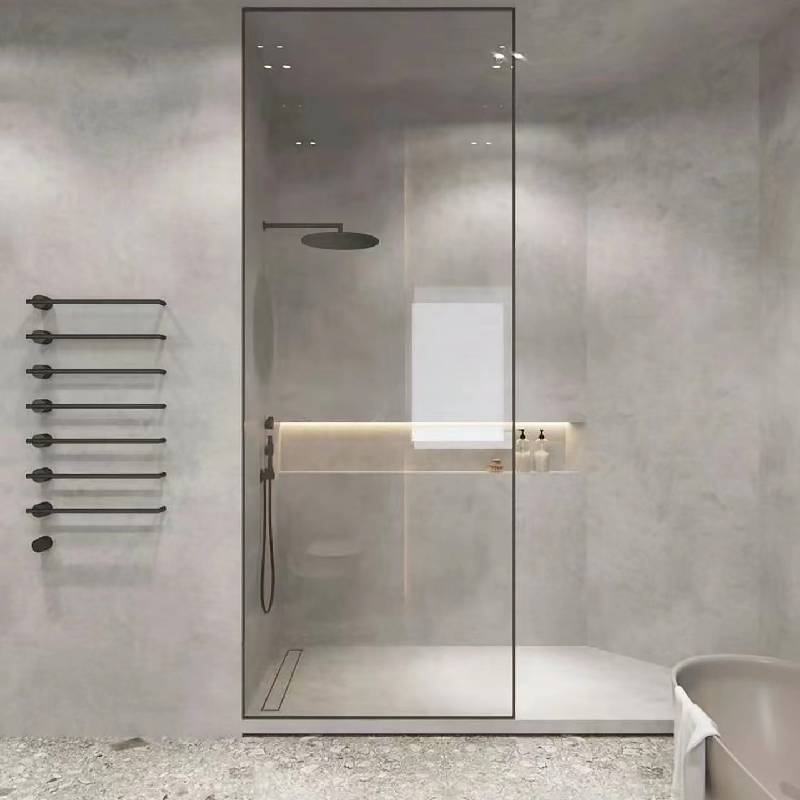

The Price Dynamics of 10mm Float Glass An Overview
In the construction and manufacturing industries, glass plays an essential role in various applications, from façade constructions to interior partitions. Among the various types of glass available, 10mm float glass holds a significant position due to its versatility and robustness. In this article, we will explore the price dynamics of 10mm float glass, analyzing factors that influence its cost, market trends, and future projections.
Understanding Float Glass
Float glass is produced by floating molten glass on top of molten tin, resulting in a homogeneous and flat sheet of glass. It is favored for its clarity and uniformity, making it ideal for both aesthetic and functional applications. The 10mm thickness is particularly popular due to its balance between durability and weight, making it suitable for windows, doors, and even some structural applications.
Current Market Prices
As of late 2023, the price of 10mm float glass varies significantly depending on several factors, including geographical location, demand, and production costs. On average, the price per square meter for 10mm float glass ranges from $15 to $25. In regions with high construction activity or limited glass manufacturing facilities, prices may be on the higher end of the spectrum. Conversely, in areas with abundant local production, prices could be more competitive.
Factors Influencing Price
1. Raw Material Costs The primary ingredients for float glass are silica sand, soda ash, and limestone. Fluctuations in the prices of these raw materials directly affect glass pricing. For instance, if there is a shortage of natural resources or if prices spike due to geopolitical tensions, the cost of producing float glass can increase.
2. Energy Prices The float glass manufacturing process is energy-intensive, relying heavily on high-temperature furnaces. Therefore, any changes in energy costs, particularly for natural gas or electricity, can have a substantial impact on production expenses and, consequently, the final price.

3. Supply and Demand Dynamics The construction industry is cyclical, and the demand for float glass often correlates with building activity. During periods of economic growth, the demand for glass can surge, leading to higher prices. Conversely, during economic downturns, oversupply can cause prices to drop. Post-pandemic recovery has seen a renewed interest in construction, stimulating demand for float glass, thus influencing pricing trends.
4. Import and Export Tariffs Trade policies and tariffs can also affect prices. Countries imposing tariffs on imported float glass can lead to increased costs for consumers, while a reduction in tariffs can have a democratizing effect on prices, making production more competitive.
5. Technological Advances Innovations in glass manufacturing technologies can affect pricing as well. More efficient production techniques can lower costs and ultimately reduce prices for consumers. Similarly, the introduction of energy-efficient glass products, though potentially more expensive upfront, can change the market dynamics by creating new demand.
Market Trends
Recent trends indicate a growing demand for energy-efficient building materials, including float glass with low-emissivity coatings that minimize heat transfer. This demand is partially driven by increased energy prices and more stringent building codes focused on sustainability. Consequently, while the base price of standard 10mm float glass may fluctuate, the market for energy-efficient alternatives could experience stable or increasing prices.
Future Projections
Looking ahead, several factors will shape the pricing trajectory of 10mm float glass. Sustainable manufacturing practices are likely to become more prominent, driving innovation and potentially affecting costs. Additionally, global economic conditions, such as inflation rates and construction activity levels, will continue to play a crucial role in influencing prices.
In conclusion, the price dynamics of 10mm float glass are influenced by a complex interplay of raw material costs, energy prices, market demand, trade policies, and technological advancements. Stakeholders in the construction and manufacturing sectors should monitor these factors closely, as they will help in making informed purchasing decisions and strategic planning in the increasingly competitive glass market. Whether you're a contractor looking for materials for a new project or a manufacturer sourcing glass for production, understanding these market dynamics is crucial for navigating the future landscape of float glass pricing.